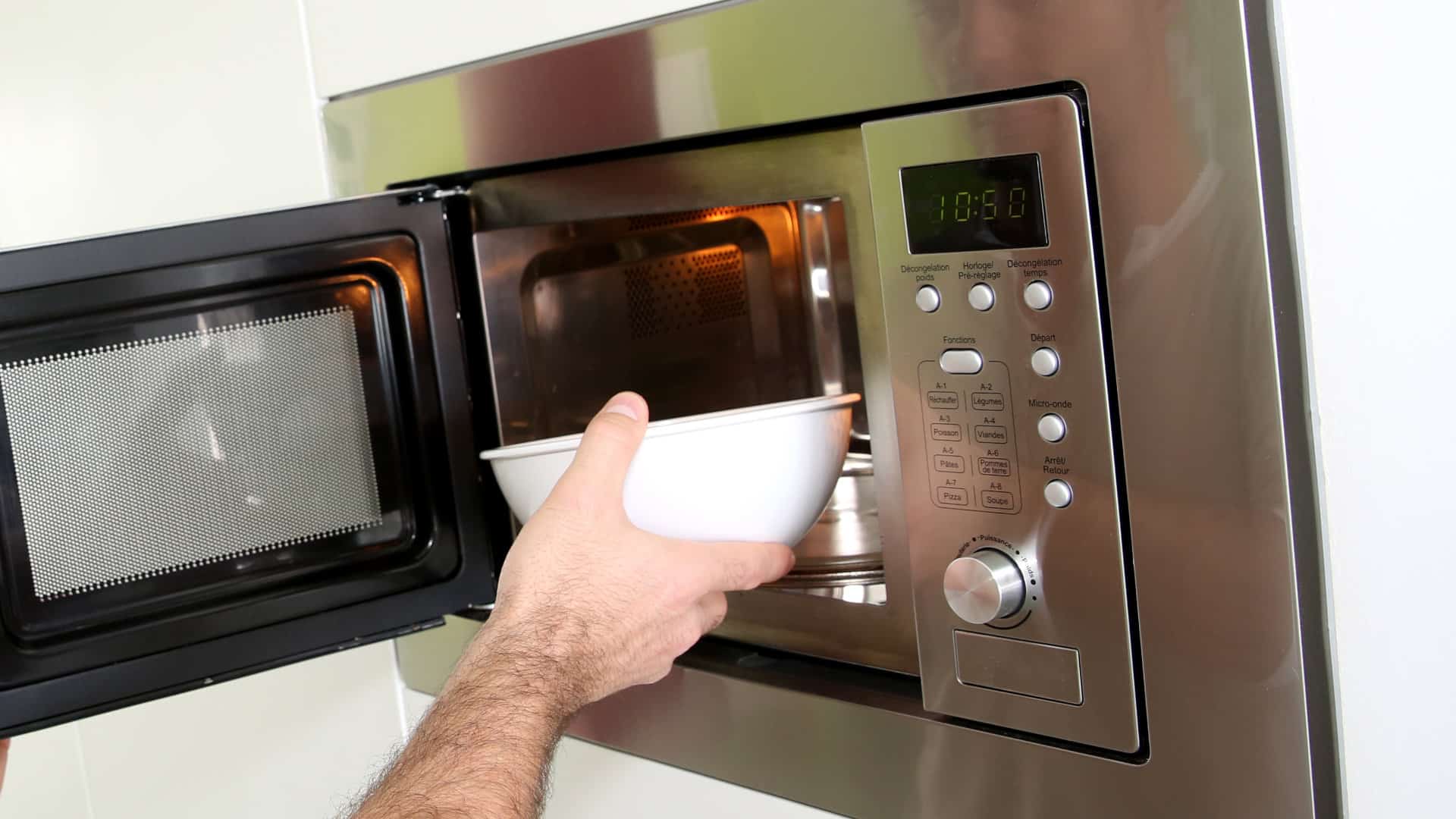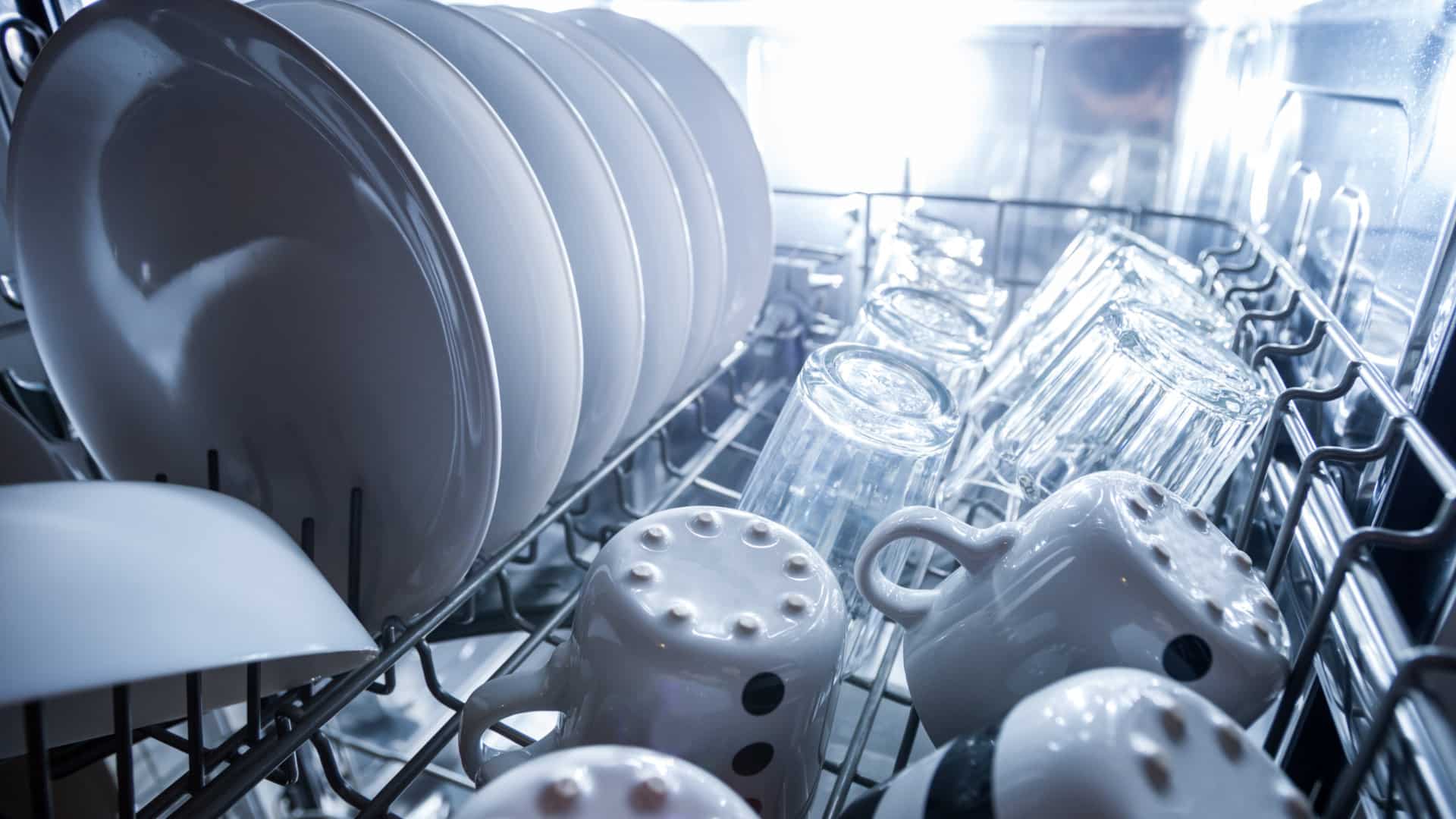
Have you noticed water pooling in the bottom of your dishwasher in between wash cycles? Perhaps the water is even becoming stagnant and smelly. This usually indicates a drainage issue, but there are solutions! Read on to find out what to do.
Before You Start
You’ll want to manually drain the water from the dishwasher before you start, so you can get access to the filter and other parts. Use a cup to scoop water out of the bottom, then once it’s nearly empty, use an old towel to soak up any remaining water.
Run a Dishwasher Cleaning Cycle
Running a dishwasher cleaning cycle can be a good way to solve minor drainage issues. A cleaning cycle can help clear away dirt and debris that doesn’t get removed in a regular cycle, and clear away blockages that are preventing water from draining.
To fix this issue:
- Purchase a commercial dishwasher cleaning product. If you live in a place with hard water, find a product specially formulated to clear away mineral buildup. You can also consult your dishwasher manual to see which brand is recommended.
- Make sure your dishwasher is totally empty, then place the dishwasher cleaning solution upside down on the top shelf of your dishwasher.
- Set your dishwasher to the hottest cleaning cycle, then let it run without opening.
- Once the cycle is finished, check to see if the standing water issue has been solved.
Clean the Filter
The dishwasher filter works by trapping food particles and stopping them from recirculating throughout the dishwasher and clogging the drain. With time, the food particles can begin to restrict water flow, meaning your dishwasher won’t drain properly and causing water to build up in the bottom.
If a clogged filter is to blame, as well as noticing standing water, you’ll notice that your dishes are not being properly cleaned. They may feel greasy or grimy when the dishwasher cycle is finished.
To fix this issue:
- Locate the dishwasher filter. In most dishwasher models, the filter can be found at the base of the dishwasher. It will be a plastic cylinder that may either screw or click into place.
- Remove the filter from the dishwasher and thoroughly clean it. Rinse it under warm water and use a scrubbing brush or a microfiber cloth to clear away any stubborn particles.
- If the filter is particularly dirty or greasy, try soaking it in a mixture of warm water and detergent before scrubbing it again.
- Before replacing the filter, check the filter housing to ensure there aren’t any bits of food or debris obstructing the drain holes.
- Run a test cycle to see if the water is properly draining.
Check the Drain Hose
The drain hose takes the wastewater from the interior of your dishwasher to your home’s drainage system, usually by way of a drainpipe. If there are blockages or kinks in the hose, then your dishwasher won’t be able to drain properly, and this can lead to standing water. One sign that the drain hose is responsible for your drainage issue is that there is a gurgling noise when your dishwasher is attempting to drain.
To fix this issue:
- Turn off the dishwasher and use a furniture dolly to move it away from the wall to gain access to the drainage hose.
- Visually inspect the hose for any kinks. If you notice any, straighten them out, and ensure the hose is firmly seated in the downpipe. This may be enough to get your dishwasher draining again.
- If the issue persists, check for an internal obstruction in the hose. Make sure you have a bucket and some old towels on hand to catch any spills.
- Detach the hose from the back of the dishwasher and remove the other end from the drainage pipe.
- Run water through the hose to see if it’s flowing freely. If there appears to be a blockage, use a long brush or a length of wire to clear it, then run water through it again.
- Once water is running freely through the hose, reconnect it to the dishwasher, then run a test cycle to ensure the water is draining properly.
Check the Drain Pump for Blockages
The drainage pump takes wastewater from your dishwasher and channels it into the drain hose. When your drain pump is properly functioning, it should prevent water from standing at the bottom of the dishwasher, but if it’s obstructed or blocked in some way, it won’t work correctly. If your dishwasher has standing water and also makes a loud humming or buzzing noise during the drainage part of the cycle, there’s likely a fault with the pump.
To fix this:
- Turn off your dishwasher.
- Gain access to the pump. You may need to consult your user manual to find out exactly how to do this—in most makes and models, it’s located at the bottom of the dishwasher, behind a panel.
- Remove the pump’s cover—in some models, there will be screws or clips holding the pump cover in place.
- Check for any debris blocking the pump. Certain items that don’t break down can get stuck in the pump—these can include fragments of broken glass or crockery or hard items like parts of bones or cherry pits.
- Once the debris has been cleared, put everything back together and run a test cycle to ensure the pump is now draining the water correctly.
In some cases, there might be a fault with the drain pump itself which means it has to be replaced. This is relatively difficult electrical work, so you may prefer to get a technician to do it for you. If you want to do it yourself, follow these steps:
- Order a replacement pump part that is compatible with your dishwasher make and model.
- Remove the old pump, making sure to pay attention to all the wiring connections.
- Install the new pump in place, then replace the pump cover and put everything back together.
- Run a wash cycle to make sure your dishwasher is now draining properly once more.
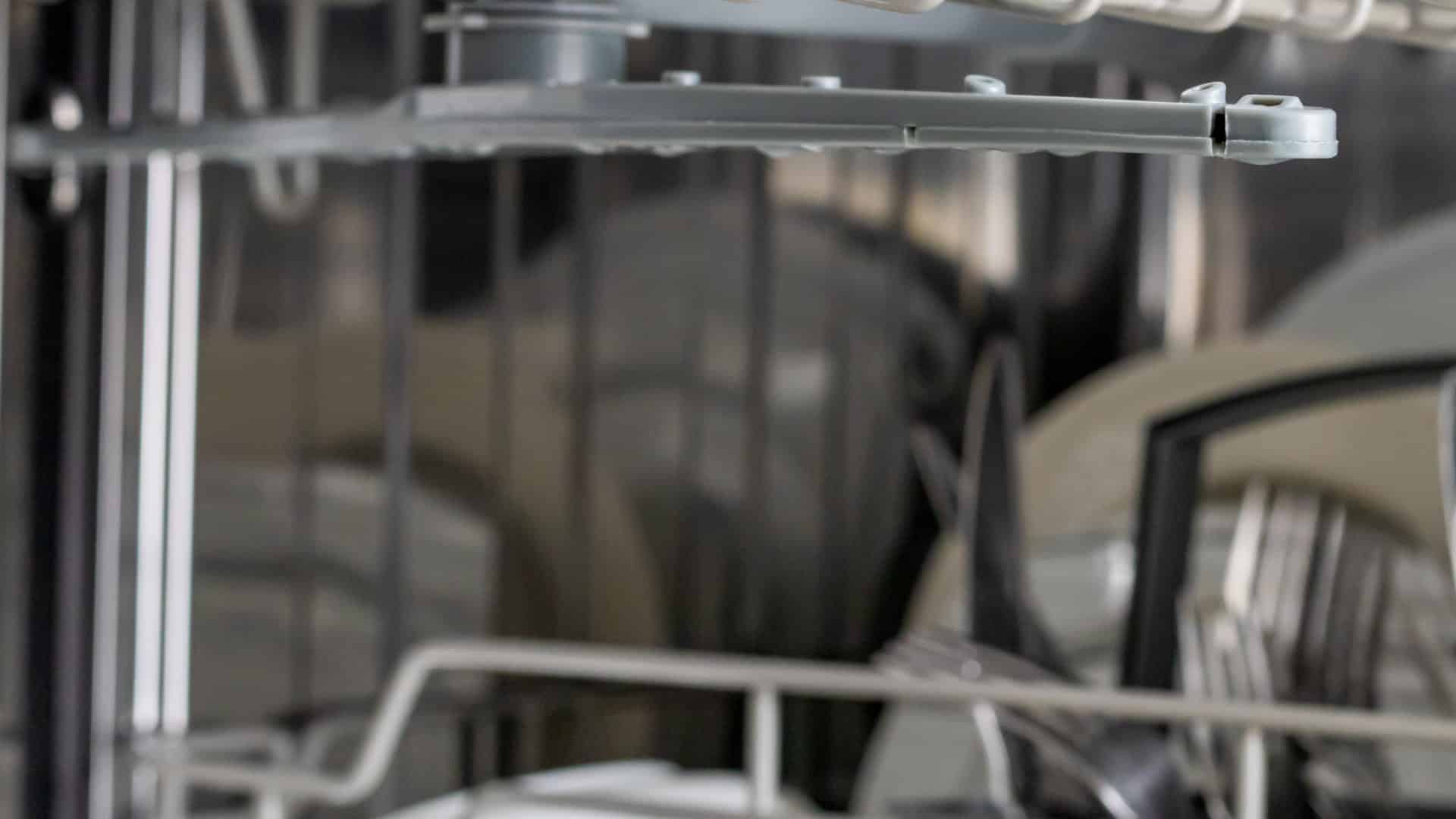
GE Dishwasher With No Power or Lights? Try This Fix
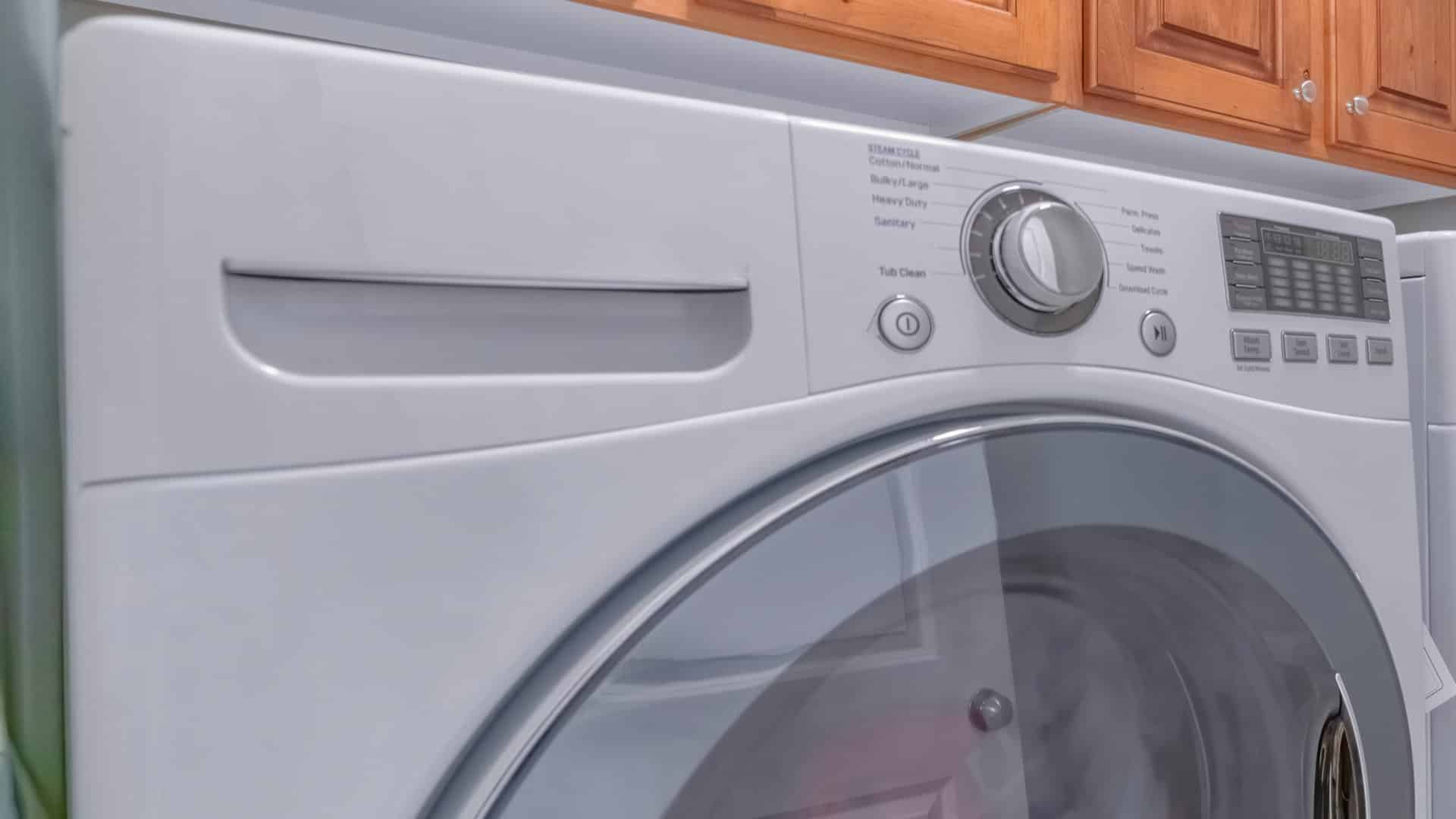
Understanding SC Code on Samsung Washer
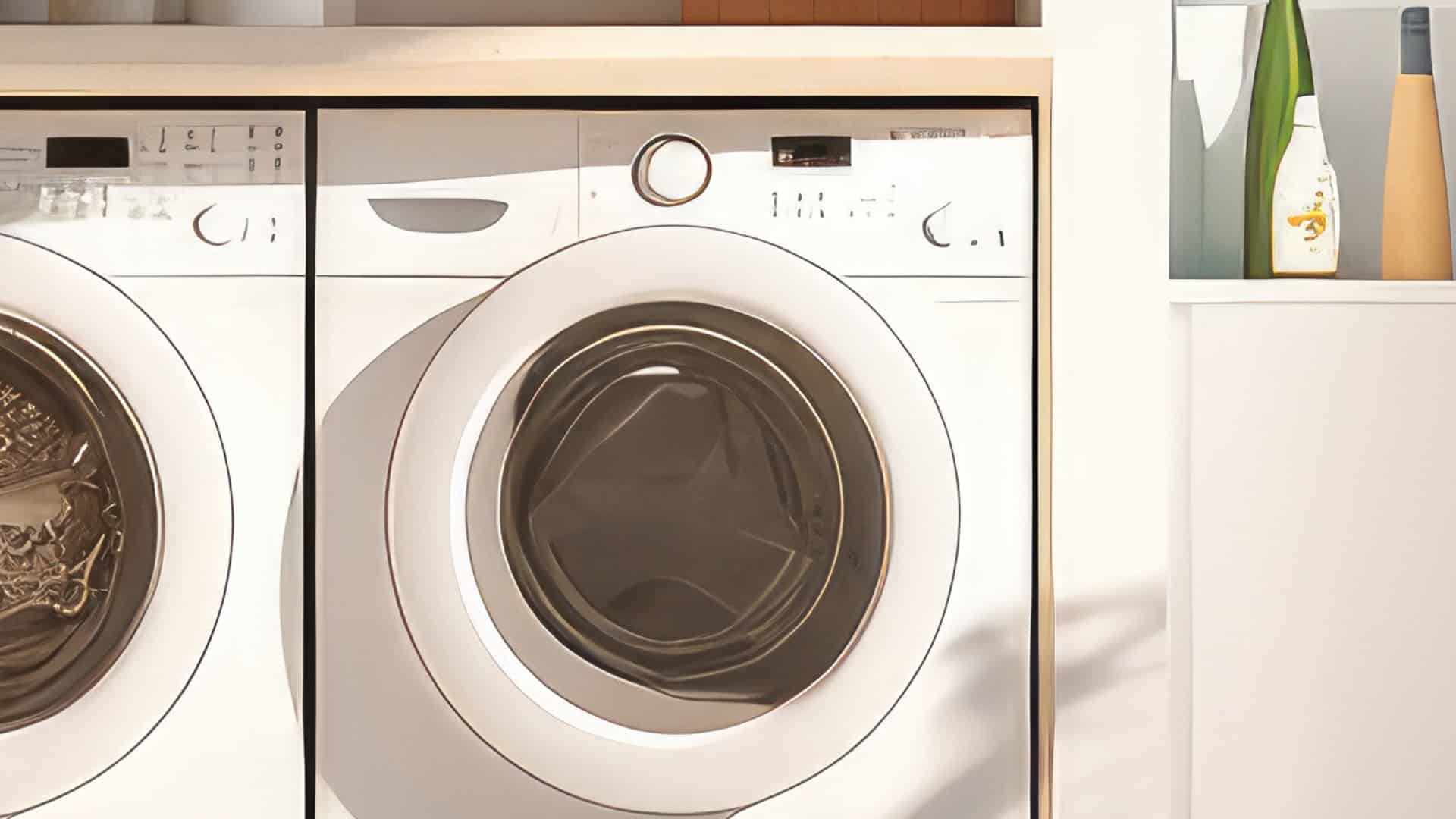
Resolving LG Dryer D80 Error Code
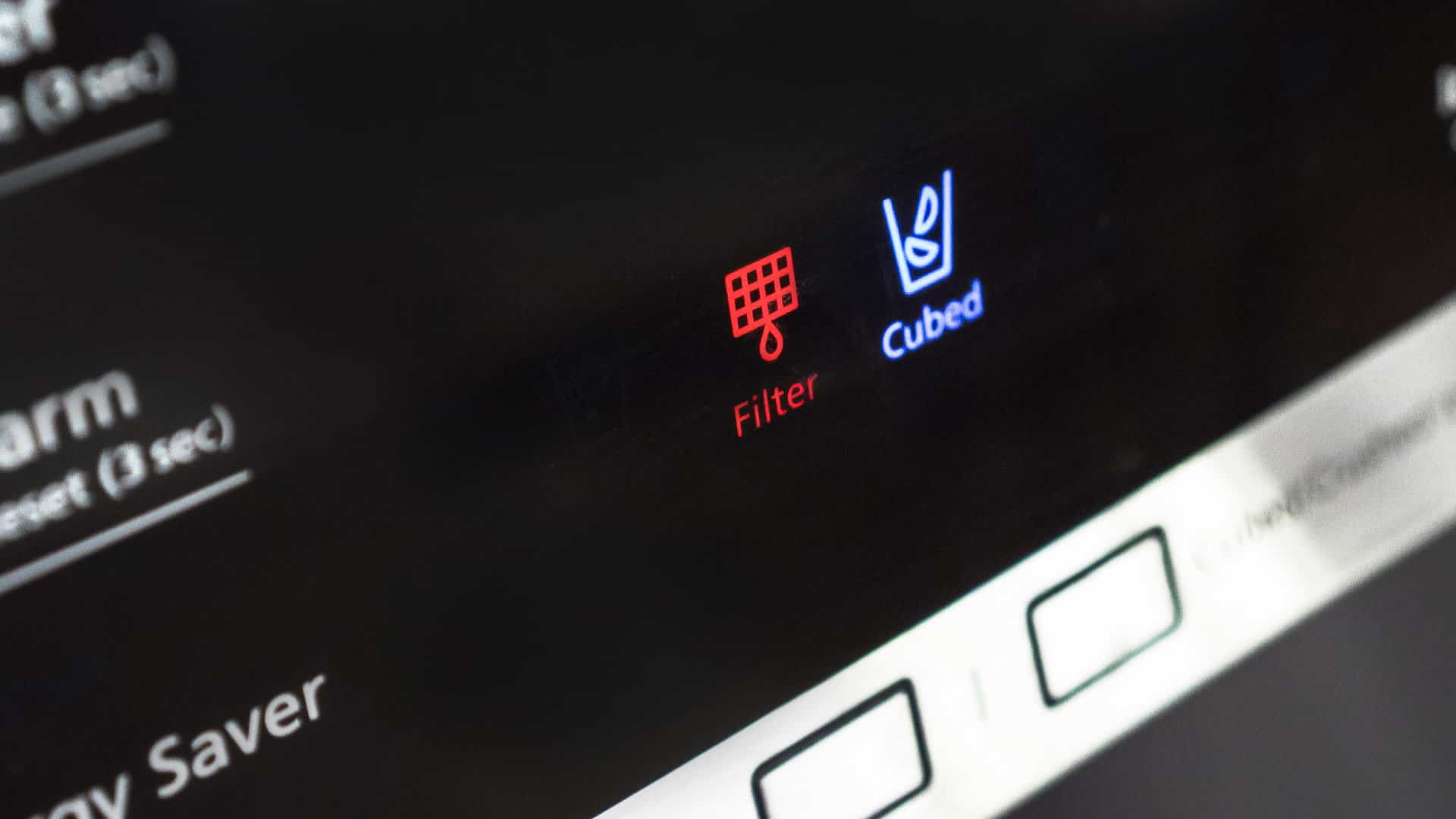
Understanding GE Refrigerator Error Codes: A Guide
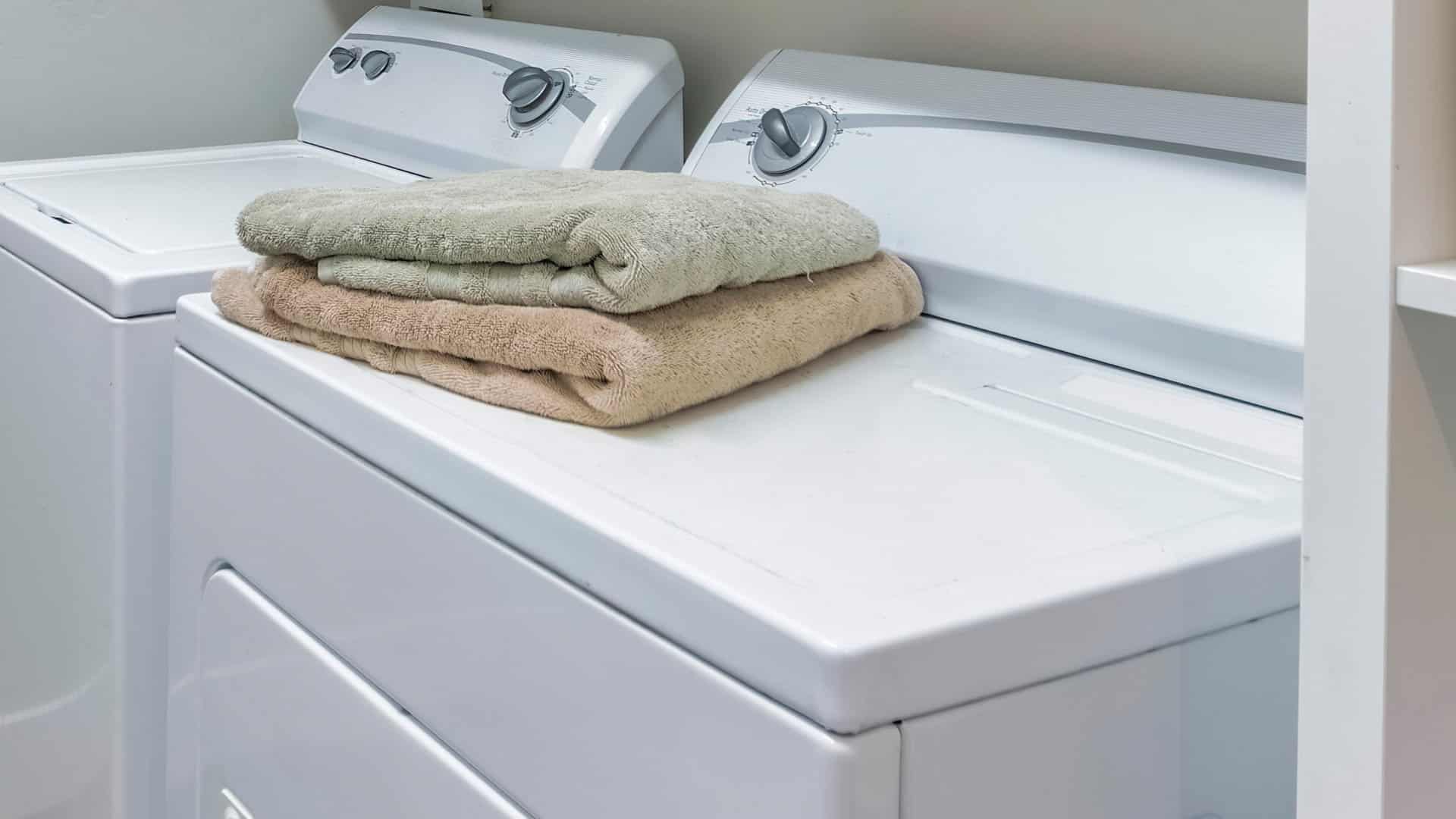
Amana Dryer Not Heating? Try These 5 Fixes
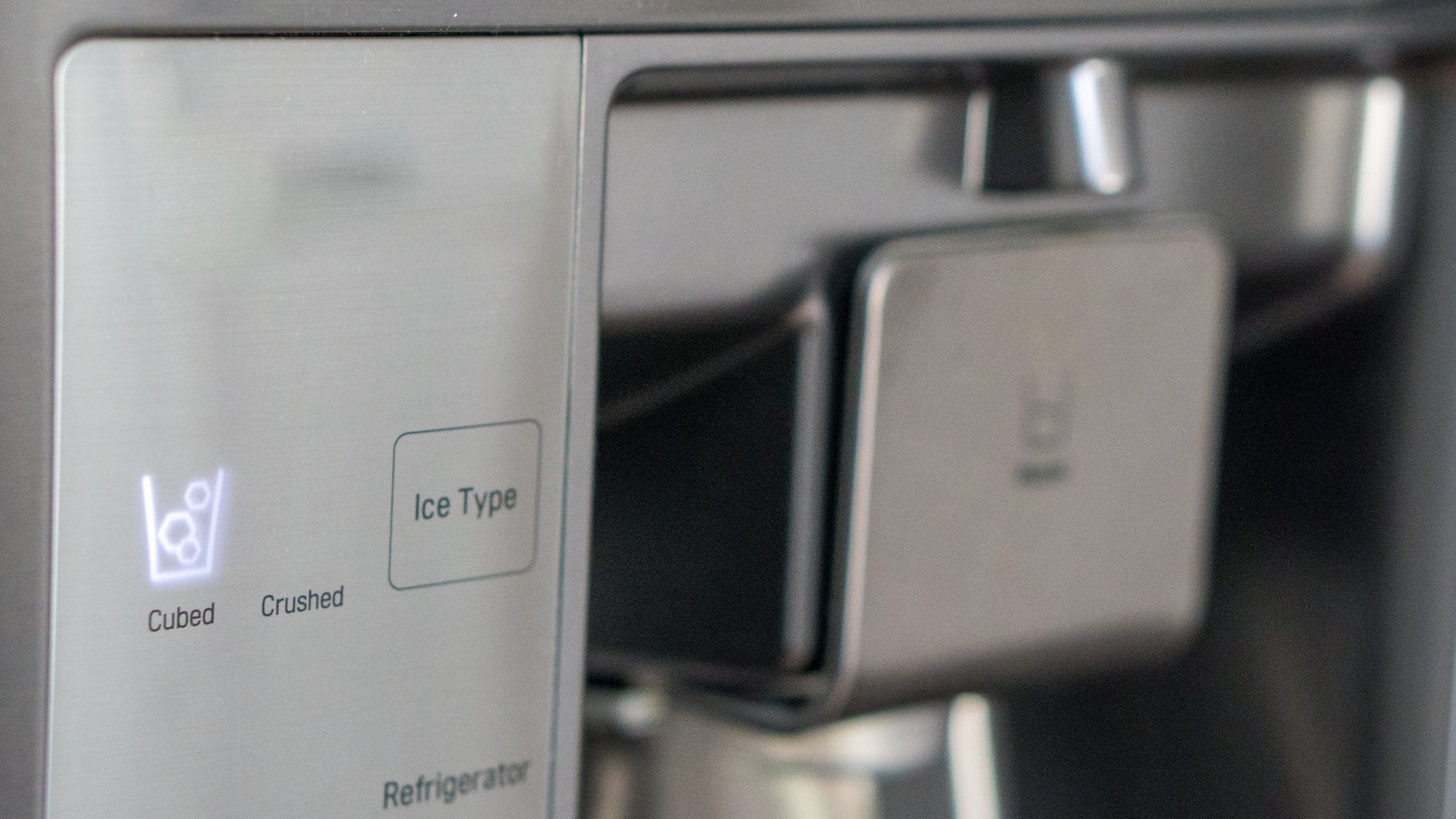
Samsung Ice Maker Issues? Here are 5 Fixes
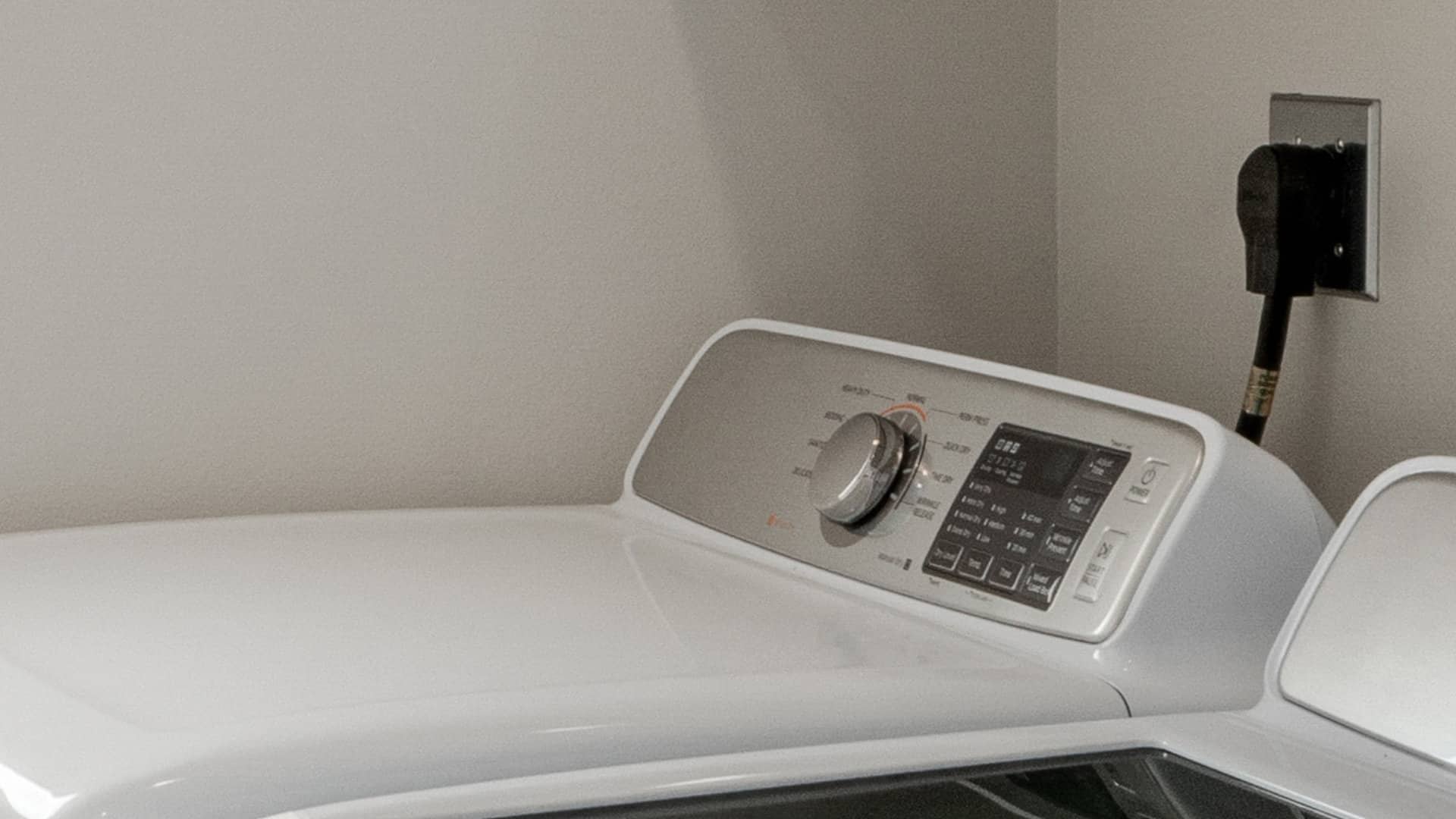
Samsung Dryer Not Heating with No Error Code? Here’s Why
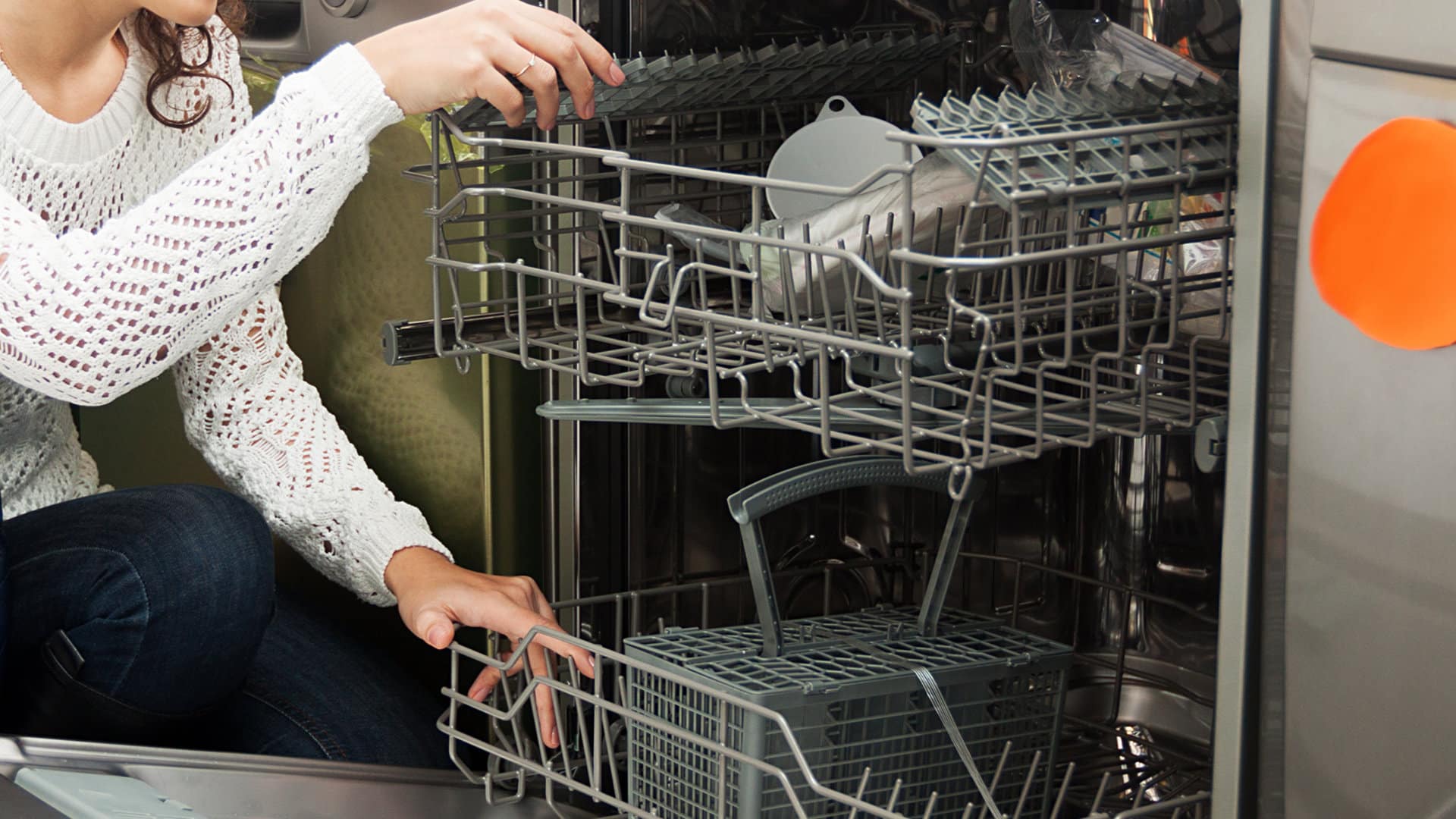
GE Profile Dishwasher Not Draining? Here’s Why
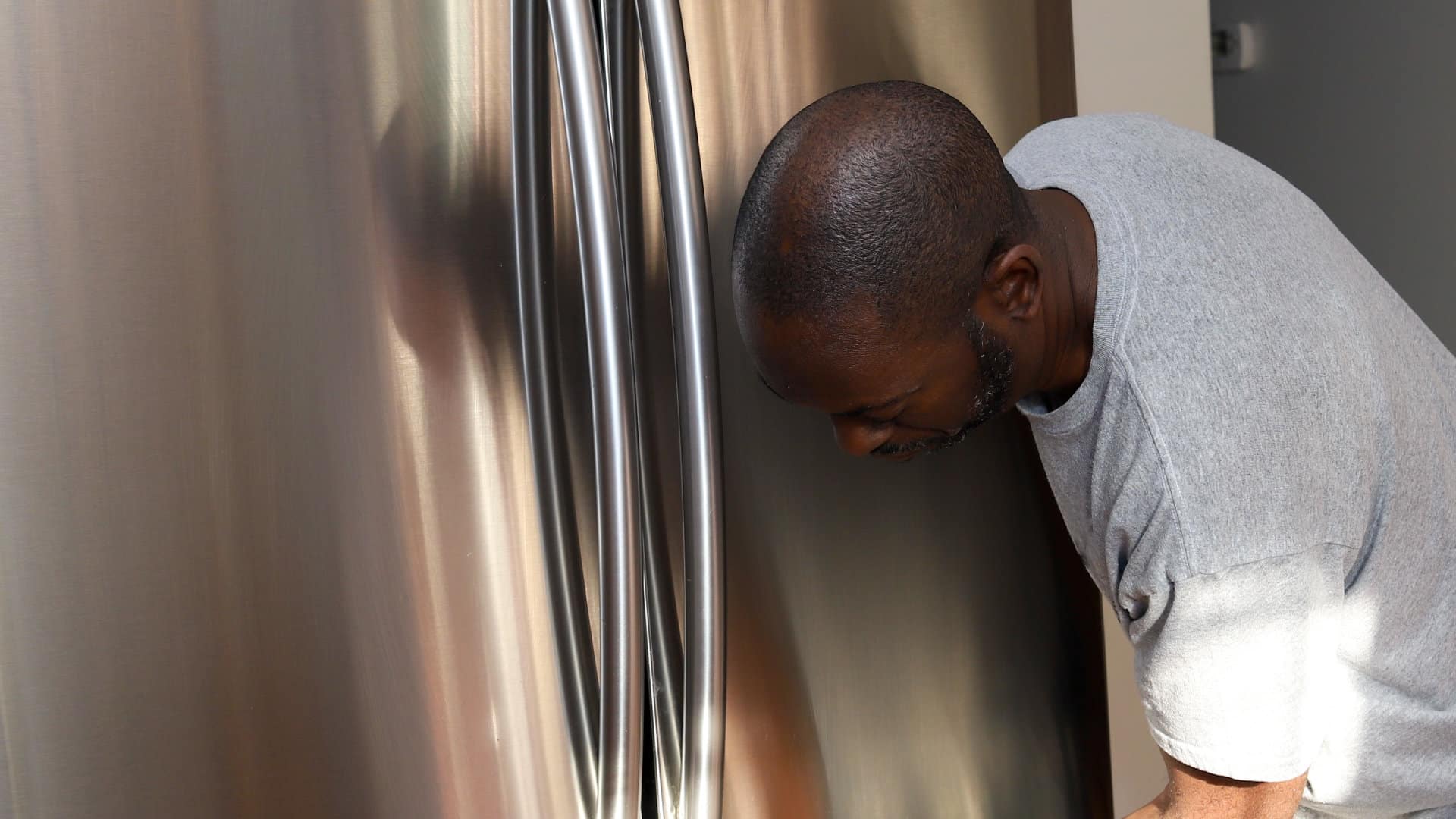
How to Replace the Filter on a Samsung Refrigerator
